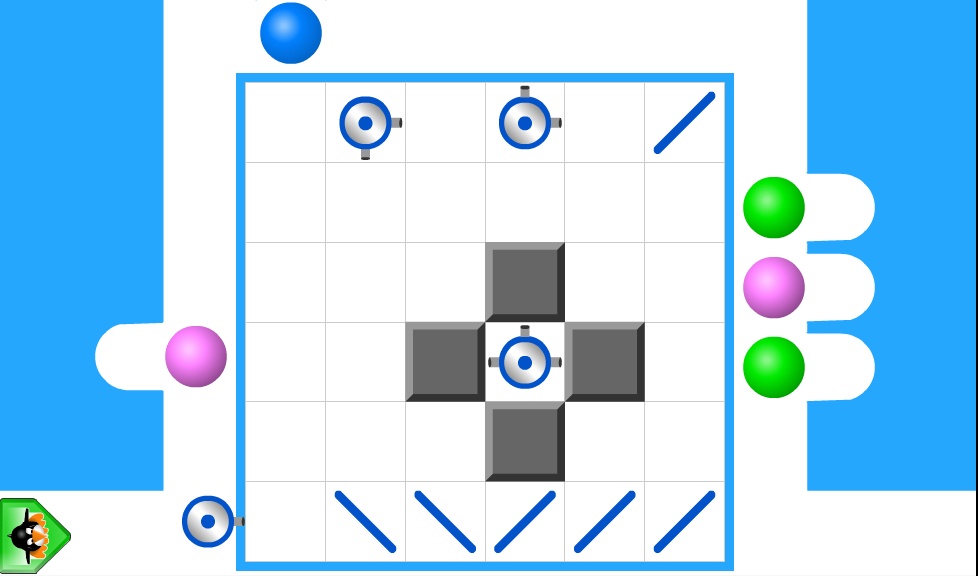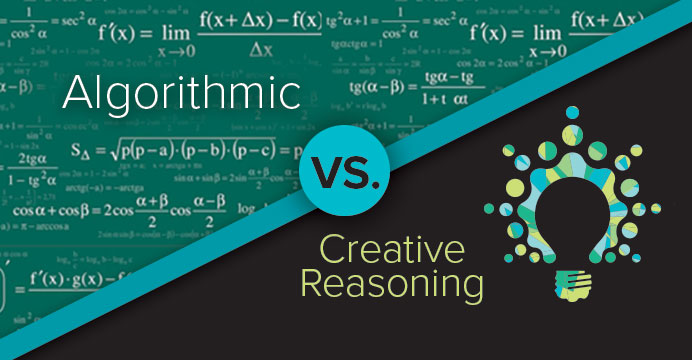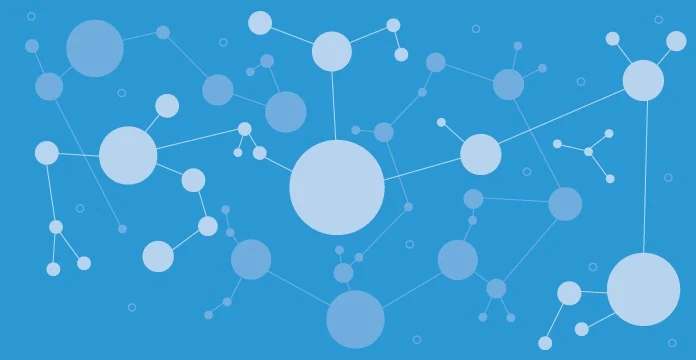As Halloween draws near, it’s time to unmask some common misconceptions about math! These frightful fables have been creeping into our minds, making math seem scarier than it is. Halloween is the perfect time to talk about all things eerie and mysterious, so let’s debunk these hauntingly persistent math myths and set the record straight.
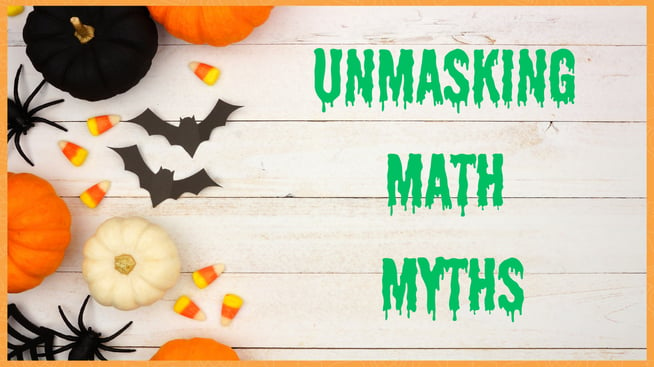
Myth #1: Some People Just Aren’t “Math People”
Truth: Just like vampires aren’t real, neither is the idea that only a select few can learn math.
The reality is that every student is capable of doing mathematics—or as we like to say here at MIND, “We are all math people!” According to Nicole Joseph, assistant professor of mathematics education, students learn in diverse ways, and it’s up to us to find creative strategies to engage each learner. Whether using real-life applications like cooking and baking, sports statistics, or hands-on activities, there’s a math pathway for everyone.
MIND also has tools that help students combat this misguided notion that they are “not math people.” By engaging students with creative and practical applications, everyone can find their inner mathematician. All students have the capacity to be a “math person”. They just need the right approach to learning.
Myth #2: Math Is Only About Memorization
Truth: While memorization is a part of math, it’s not the whole story. Understanding concepts and developing critical thinking skills are crucial. Students can cultivate a deeper conceptual understanding of—and appreciation for—math by exploring multiple strategies.
Numbers do play an essential role in mathematics, but math is about much more than just memorizing them—it’s about finding patterns, making connections, and using creative reasoning to explore multiple approaches to solve a problem.
As Nigel Nisbet describes it in From Rules to Reasoning:
Algorithmic thinking, or answer getting, is still the dominant mathematics teaching method in the United States, presenting students with a math problem, providing a solution method for it, and following up with extensive practice. The perception is that it saves time, prevents miscalculations, and the skills apply to most school textbook problems. But given the demonstrably low math scores nationwide and recent research, it limits student learning and discourages a deeper understanding of math principles.
The heart of math lies in its ability to foster creativity. By engaging with math through a variety of methods, students can hone their curiosity and solve complex problems.
Myth #3: Being Good at Math Means Never Making Mistakes
Truth: Mistakes are innate to learning new things, and just a natural part of life—otherwise, how would we ever learn anything new? Making mistakes (and learning from them) provides a deeper understanding when it comes to learning any new skill. Mistakes prompt us to think critically, more carefully, and from different perspectives. The goal should never be to avoid mistakes, but to think of them as part of the learning process.
Understanding the value of productive struggle, for instance, is a crucial part of learning math. When students face problems they don’t immediately know how to solve, we want them to engage in making connections with things they already know and think creatively about possible solutions.
Myth #4: Math isn’t Fun
Truth: Math can be an absolute treat!
Research shows that math can be enjoyable and engaging. The joy of math also goes beyond mere enjoyment; it’s about fostering deep, intrinsic engagement and creativity. True mathematical enjoyment stems from intrinsic motivators—challenges that are interesting and absorbing. Designing rich mathematical experiences that are active, effortful, and playful can transform the way students perceive and enjoy math.
Math can also be a positive and enriching social experience. Collaborative learning not only enhances comprehension, it offers a sense of belonging among students. Group work fosters stronger bonds and further engagement with math concepts. Mathematical discourse, for instance, has become a pivotal tool in deepening students’ understanding of math concepts, and has encouraged students to not only engage with their classroom peers, but also help them develop a variety of important skills.
*To learn more about how to engage minds through the joy of math, check out one of our recent edwebinars on how to harness the joy of math.
Myth #5: “I Will Never Use Math”
Truth: Believing you’ll never use math is like thinking you’ll never need a screwdriver because you’re not a carpenter. In reality, math shows up in our everyday lives more often than you’d expect.
You might think, “Hey, I’m no engineer or accountant, so I might as well skip out on math.” But the truth is that math develops critical thinking and problem-solving skills that come in handy in countless careers. From whipping up a recipe to managing your budget, math sneaks into your daily life.
So, the next time you catch yourself thinking, “I’ll never use this,” remember that math is more intertwined with your life—and your future—than you might think.
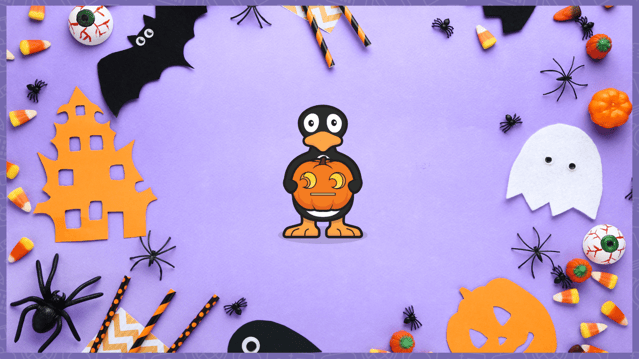
So, there you have it! Math doesn’t have to be spooky; it’s a subject full of creativity, discovery, and potential for everyone. This Halloween, let’s cast out these frightful math myths into the darkness where they belong. Let’s celebrate the unmasking and embrace math with renewed excitement!

